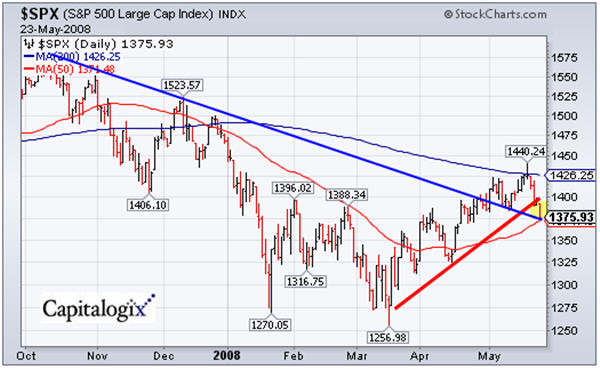Can you trust the government's economic numbers? Some people are saying that key measures have been distorted. At question, among others, the:
- Consumer Price Index: which tracks inflation at the retail level
- Gross Domestic Product: which tracks overall economic growth, and
- Unemployment Figures: which tracks jobs and indirectly measures corporate health.
We've been given low inflation numbers. This makes GDP look more robust because it implies that there was increased output, rather than increased prices. However, with the rising cost of energy and commodities, a bigger portion of each paycheck is going to necessities. It is not just gasoline either; a quick trip to the grocery store shows what has happened to the price of wheat, rice, and eggs. At the same time, credit is tightening and the value of their homes are going down. So, consumers aren't just paying more, they have less to spend.
The unemployment numbers are artfully adjusted, though perhaps misleading. For example, the government's number showed gains (rather than losses) in the number of jobs in financial services and construction sectors last month. Let me remind you how many banks, brokerage houses and funds are closing, or at least laying people off or re-structuring. And construction hasn't been booming lately, has it? To see how they did it (hint, birth/death adjustment), read Alan Abelson's piece in Barrons. Also check-out The Week and Bill Gary in Commodity Information Systems' Price Perceptions. For an interesting take on the recent Congressional Hearings (and Jim Roger's response) it is worth reading RIghtSide Commentary.

